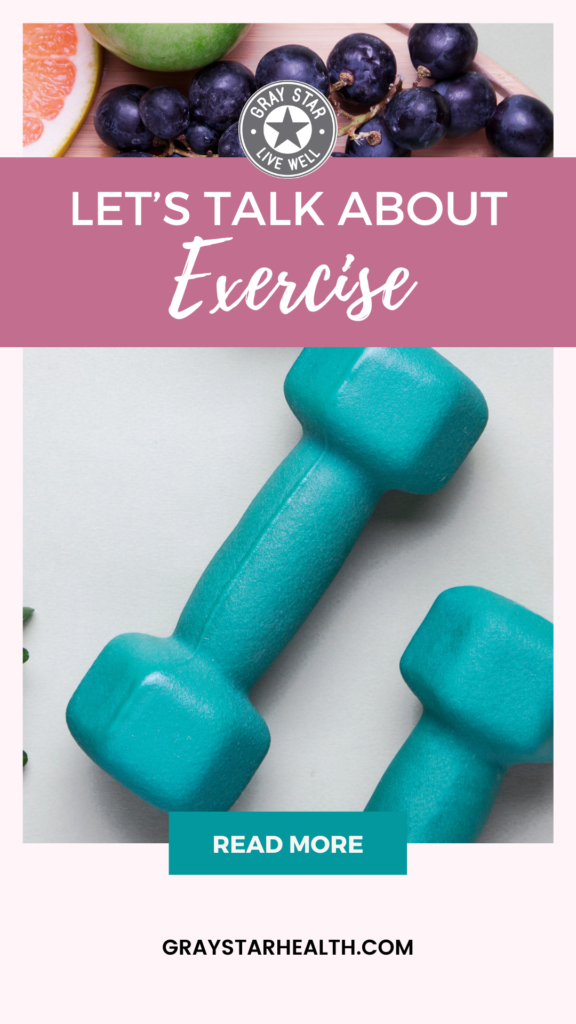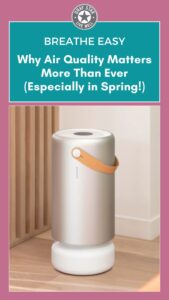However, there’s a fine balance for women who are dealing with hormone imbalances, thyroid dysfunction and adrenal stress; especially those in perimenopause and menopause!
When it comes to exercise, too little, too much, too intense, too long, too often…….can add more stress to an already stressed system disrupting your hormones and health.

If you are completely exhausted, having your symptoms flare up more often, gaining weight for no apparent reason or just not feeling up to exercising, it’s time to learn a new way to approach your movement and exercise.
If you are in your menstruating years, understanding how to cycle sync can be a great option. For those in perimenopause, learning how to “work in” instead of always “working out” can be super helpful. And those in menopause can begin focusing on taking back their power through strength training and intentional movement.

- Improved mood
- More energy
- Increase lean muscle mass
- Decreased inflammation
- Reduced cravings
- Improved digestion
- Better sleep
- More confidence and desire to be social
- Better periods, less PMS
- Drop inches and stubborn weight
- Smoother transition through perimenopause









